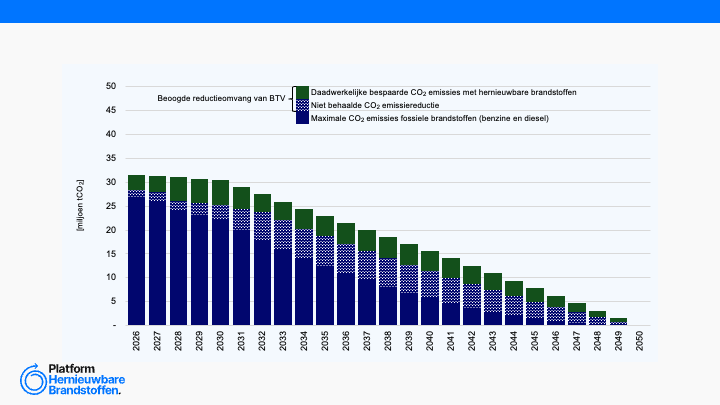JRC Science for Policy Report: The use of woody biomass for energy production in the EU

The Joint Research Centre, which is the European Commission's science and knowledge center, just released a Science for Policy Report with a focus of the use of woody biomass for energy production in the European Union.
The forest-based sector has been identified as part of the solution to many global challenges and a key contributor to EU objectives. Next to this, the forest-based sector is often proposed as the nexus of the solutions to both climate change and biodiversity loss.
The study begins with a quantitative assessment of the supply and use of woody biomass. There is an increasing overall use of woody biomass in the EU in the past two decades (around 20% since 2000), except for the year 2008 due to the financial crisis. Similarly, the subset of woody biomass used for the specific purpose of energy has followed an increasing trend until 2013 (about 87% from 2000-2013), mainly based on secondary woody biomass as by-products and recovery post-consumer wood (49% of reported wood use). There is a smaller part resulting from primary woody biomass as stemwood, treetops and branches (37%), with mostly stemwood from Mediterranean countries. Nevertheless, they do state that there are inconsistencies in the available data, as there is a notable gap between reported uses and sources of woody biomass, with 14% begin reported as uncategorised.
In the report, the question of how to ensure that the pathways for the provision of woody biomass, following increased demand for wood, are not detrimental to climate and to biodiversity, is also investigated. There was a focus on three categories of interventions: removal of logging residues, afforestation, and conversion of natural forests to plantations. An analysis was performed on the impact of these three interventions on biodiversity (literature review and synthesis in pathway archetypes) and on the carbon emissions (life cycle analysis). The results can be seen in the Figure below. It shows potential ''win-win management practices'', which both benefit climate change mitigation and have either a neutral or positive effect on biodiversity. This is for example practices as removal of slash (fine, woody debris) and afforestation of former arable land with mixed forest or naturally regenerating forest. In the same line of thinking, ''lose lose situations'' can be identified, which are situations where the ecosystem is damaged without providing carbon emission reductions. These are e.g. removal of coarse body debris, removal of low stumps, and conversion of primary or natural forests into plantations.

The JRC report underscores the weaknesses of the current policy framework and its inability to mitigate the risk that bioenergy will harm forests and climate. With numerous reporting systems in place at national level, available data is difficult to compare. These is a need for improved monitoring of forests, for example by satellite observation.
Moreover, there are several policy implications currently hampering the use of woody biomass. In the report, they for example propose to start treating the Land use, Land use change and Forestry (LULUCF) sector like any other sector, with no or limited filtering of the reported LULUCF greenhouse gas fluxes through a complex set of accounting rules which is currently the case. Currently, there are linkages and trade-offs between the RED2 and the LULUCF in for example the carbon impact of bioenergy. Any additional wood harvested for bioenergy purposes (or a greater energy use of wood) may reduce fossil fuel emissions under the ETS or effort sharing sectors, but will also generate an accounting debit in LULUCF.
Recente artikelen
Analyse brandstoftransitieverplichting



